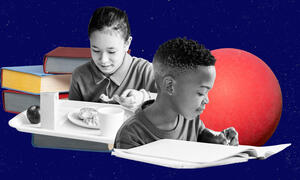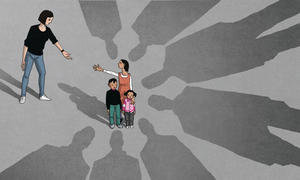text
Informational
Jim Crow Is Watching
In this essay, the author describes the ways in which the Civil War and 13th, 14th, and 15th amendments guaranteed African Americans certain rights, but how those rights were quickly reversed due to intimidation and the Jim Crow system.
April 27, 2016


